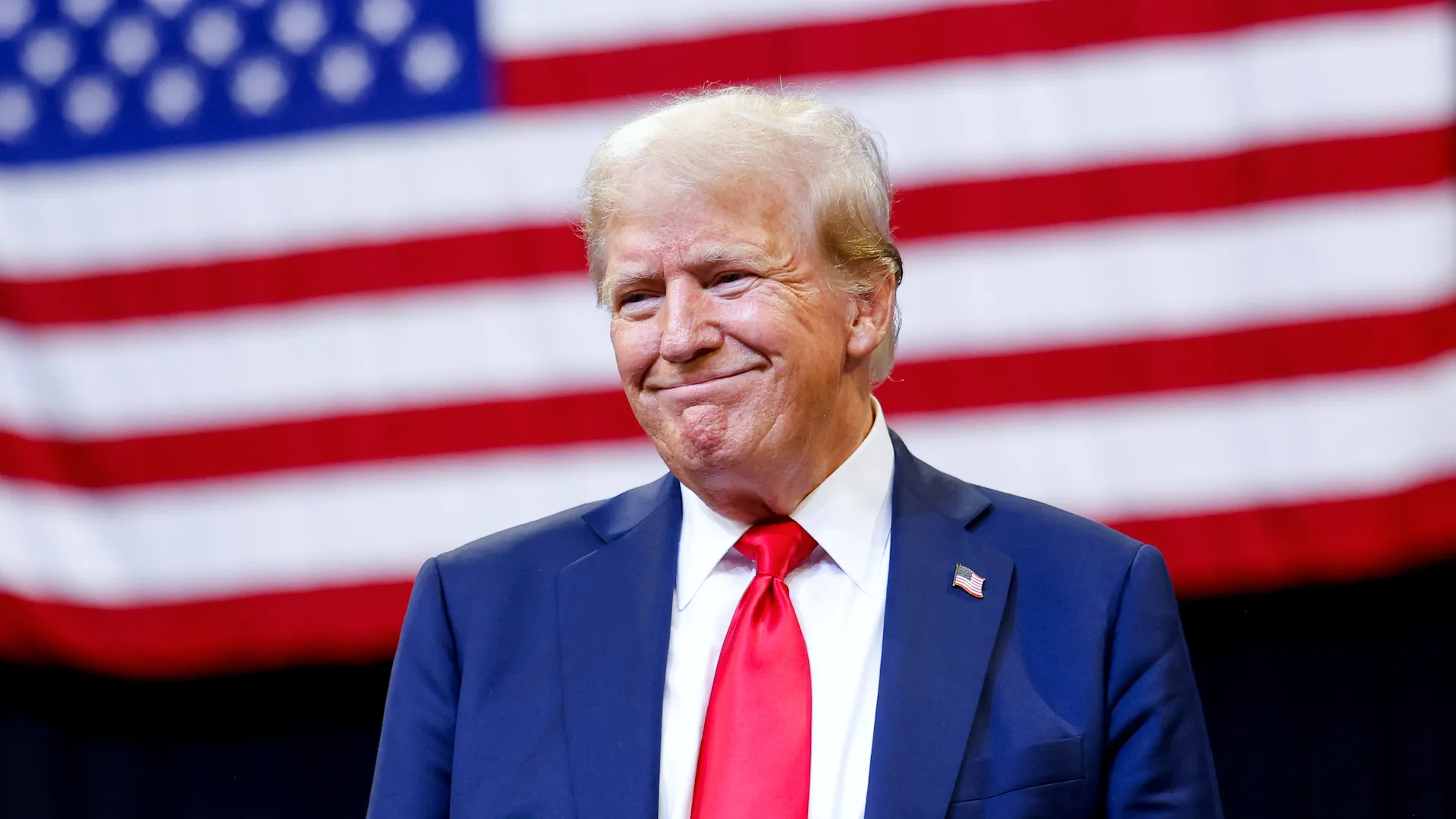A President Trump government shutdown has once again thrust Washington into crisis mode, with federal operations grinding to a halt and political tensions soaring. As of October 1, 2025, the U.S. federal government officially entered a shutdown due to Congress’s failure to pass fully funded appropriations legislation.
In this post, we’ll break down:
- What triggered the shutdown
- The impacts on federal employees, services, and the economy
- How the Trump administration is responding
- Legal, political, and public reactions
- What’s next and how this shutdown compares to past ones
What Triggered the Shutdown?
Appropriations Deadlock & Policy Battles
The shutdown stemmed from an impasse in Congress over funding for the 2026 fiscal year. Rather than enact a full appropriations package, lawmakers relied on continuing resolutions (CRs) to keep the government funded temporarily. When the latest CR expired, no consensus emerged on key issues such as foreign aid rescissions, health insurance subsidies, and discretionary spending levels.
One flashpoint: the Trump administration sought to rescind billions in previously approved foreign aid, public broadcasting funding, and other programs. That move complicated bipartisan talks and deepened mistrust between Republican and Democratic lawmakers.
A New Approach: Mass Layoffs During Shutdown
In a departure from past shutdown practices (where many federal workers are merely furloughed), the Trump administration directed agency heads to prepare reduction-in-force (RIF) plans—permanent or semi-permanent job cuts—rather than just temporary furloughs.
In early October, notices were issued to over 4,100 federal employees that they would be laid off during the shutdown. Some forecasts suggest the total number of layoffs could exceed 10,000 if the shutdown drags on.
These actions have drawn sharp legal scrutiny, with critics asserting that mass firings during a funding lapse violate federal law.
Impact of the Shutdown
Federal Workers: Furloughs and No Pay
An estimated 900,000 federal employees are expected to be furloughed, while 700,000 more may have to continue working without immediate pay.
Under past rules, furloughed employees would receive back pay once a funding deal passed. But the White House has signaled that not all workers will be “taken care of,” challenging that assumption.
Disrupted Public Services
Essential services, like Medicare and Medicaid, continue. But agencies such as the Centers for Disease Control, National Institutes of Health, and many program offices have seen large staffing disruptions.
FDA operations, agency research, and grant reviews face cuts. Some health and education programs may operate with skeleton staffs, while many administrative functions are frozen.
Economic Fallout
The Treasury Department warns that the shutdown could cost the economy $15 billion per week in lost output.
Beyond federal losses, local economies—especially in regions heavily dependent on federal employment—are strained. Contractors, service vendors, and local businesses feel the ripple effects.
The longer a shutdown endures, the greater the risk of credit rating downgrades, consumer uncertainty, and market volatility.
Trump Administration’s Strategy & Pushback
Military Pay and Executive Moves
To mitigate backlash, President Trump ordered the Department of Defense to issue military paychecks using existing funds, redirecting $8 billion from unused R&D allocations.
However, this directive doesn’t necessarily extend to other federal workers or agencies.
The White House framed the shutdown not as a failure, but as a chance to “streamline” government and eliminate programs aligned with Democratic priorities. Trump called it an “unprecedented opportunity.”
Legal and Congressional Resistance
Unions representing federal workers filed lawsuits aiming to block mass firings, arguing they violate the Antideficiency Act and other statutes.
In a recent ruling, a federal judge temporarily ordered a halt to the termination of over 4,100 workers, citing concerns over political motive and legal overreach.
In Congress, the Senate has repeatedly voted on the House-passed bill to reopen the government, but it has failed at least nine times.
Democrats are demanding concessions around healthcare subsidies and Medicaid, while Republicans resist unless the shutdown ends first.
Public Reaction & Political Stakes
Blame and Approval Polls
From the start, public opinion skewed toward holding Trump and Republicans more responsible. Around 47% of respondents in one post-shutdown poll blamed Trump/R’s, versus 30% blaming Democrats.
Many voters find the strategy of mass firings especially controversial—viewed by some as weaponizing shutdowns to advance ideological goals.
Comparison with Past Trump Shutdown
Notably, during Trump’s first presidency, the 2018–2019 shutdown lasted 35 days, the longest in U.S. history. That shutdown centered on demands for border wall funding.
This time, although policy disputes differ, the stakes are similar: negotiation leverage, public pressure, and the risk of institutional damage.
What to Watch Going Forward
- Duration & Congressional Breakthroughs: Will the Senate finally break the logjam? More votes are planned.
- Layoff Continuation or Reversal: The judge’s order is temporary—will more terminations resume?
- Legal Precedents: Lawsuits may set new rules on what presidents can or cannot do during a shutdown.
- Impact on Critical Services: As agencies scale back further, public health, education, and research may suffer more.
- Political Fallout: This shutdown could reshape midterm narratives, especially if mass firings are seen as partisan.
Conclusion
The President Trump government shutdown of 2025 is unlike many before it. Rather than furloughing workers, the administration has taken the bold step of laying off federal employees mid-shutdown, using the shutdown as leverage to reshape government priorities. The economic, legal, and human stakes are high.
As the standoff continues, the nation watches: will Congress break this stalemate, will the courts rein in executive power, and how much collateral damage will American citizens and institutions endure?
